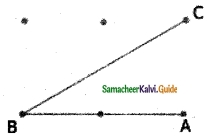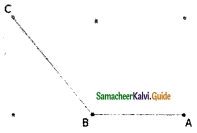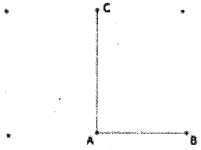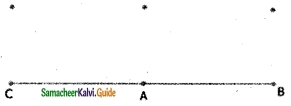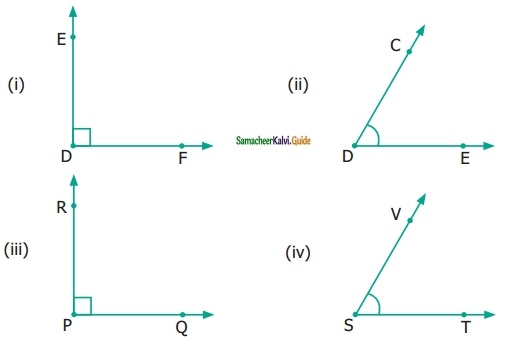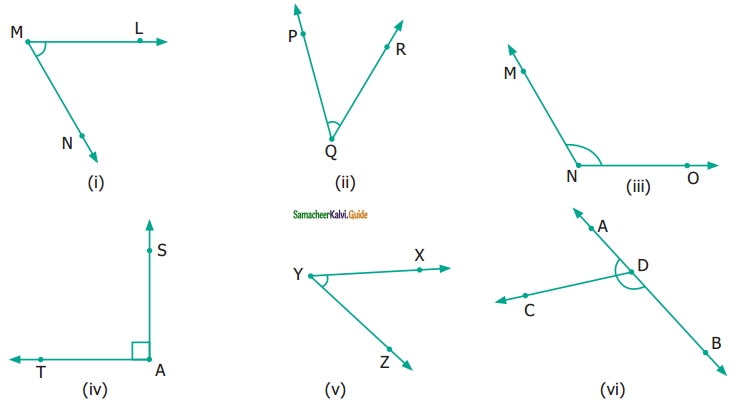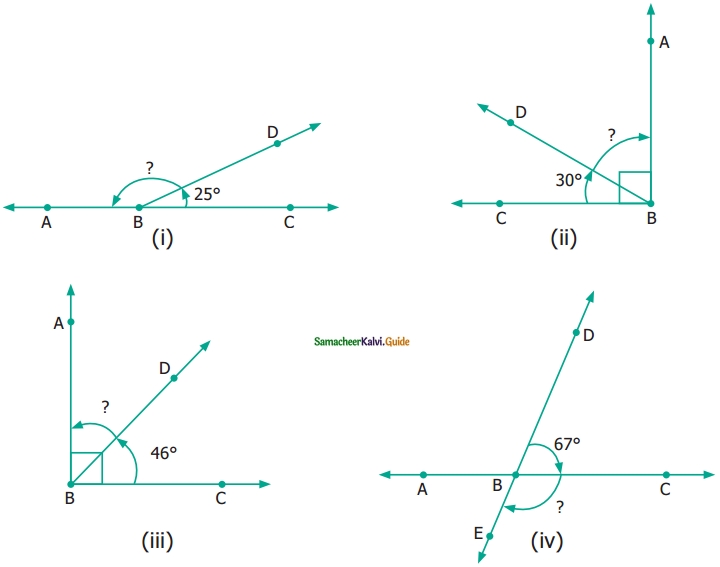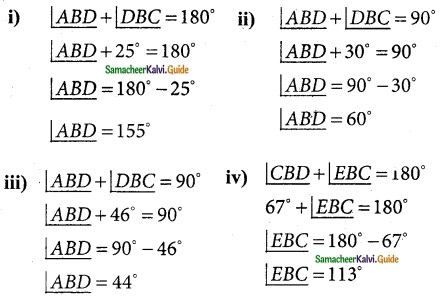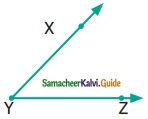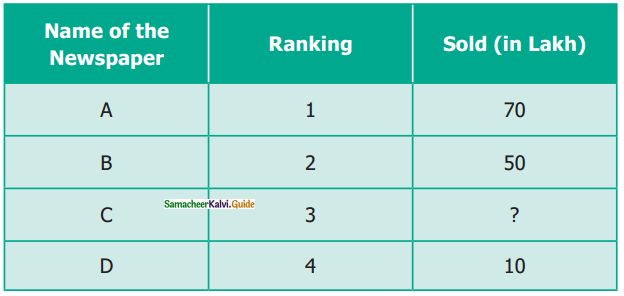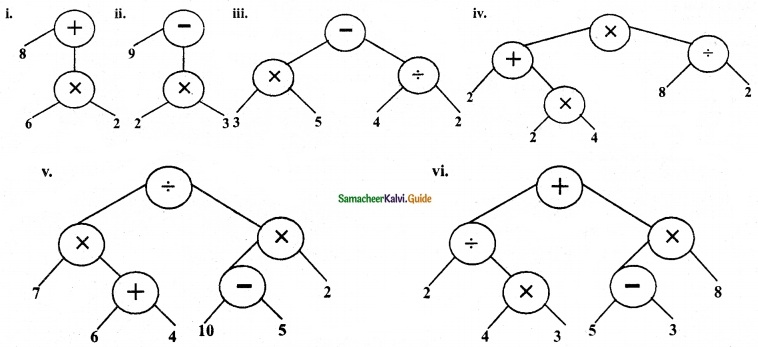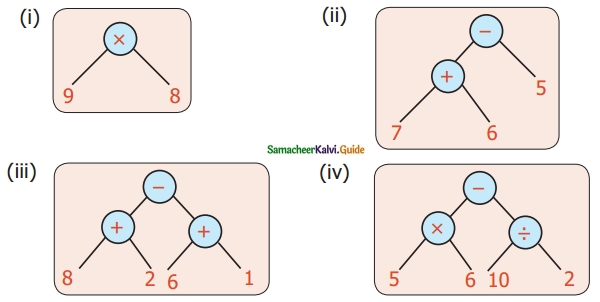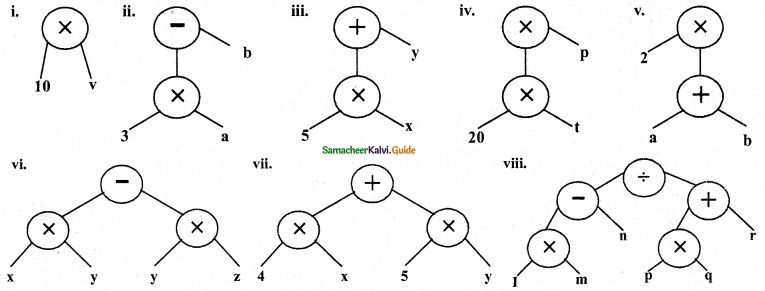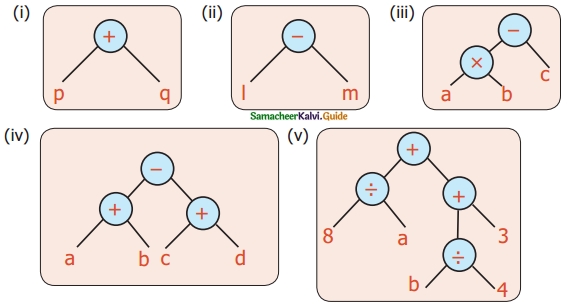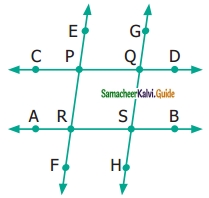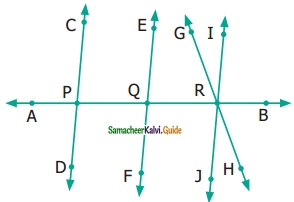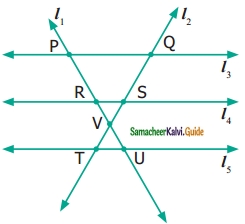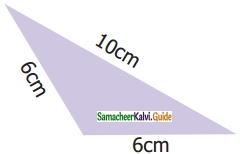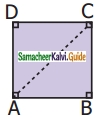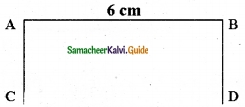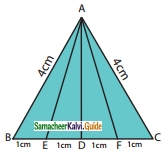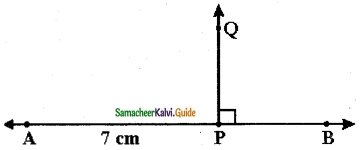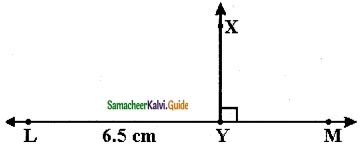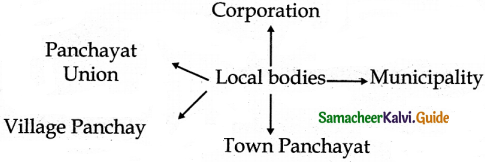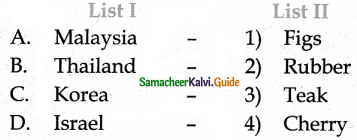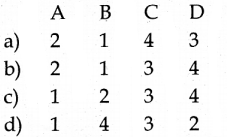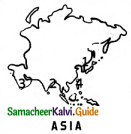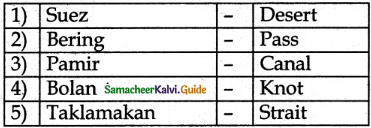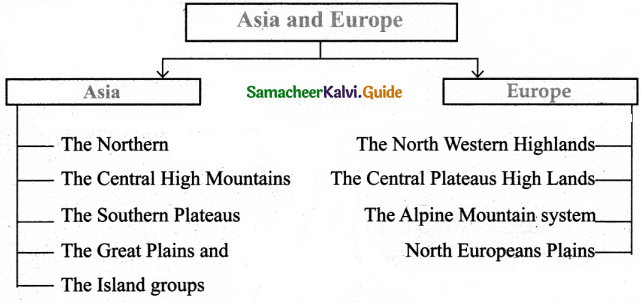Students can download Maths Chapter 1 Numbers Ex 1.3 Questions and Answers, Notes, Samacheer Kalvi 6th Maths Guide Pdf helps you to revise the complete Tamilnadu State Board New Syllabus, helps students complete homework assignments and to score high marks in board exams.
Tamilnadu Samacheer Kalvi 6th Maths Solutions Term 1 Chapter 1 Numbers Ex 1.3
Question 1.
Fill in the blanks.
- If Arulmozhi saves ₹ 12 per day then she saves ₹ ____ in 30 days.
- If a person ‘A’ earns ₹ 1800 in 12 days, then he earns ₹ ____ in a day.
- 45 ÷ (7 + 8) – 2 = _____
Solution:
- 12 × 30 = ₹ 360
- \(\frac{1800}{12}=150\)
- 45 ÷ 15 – 2 = 3 – 2 = 1
![]()
Question 2.
Say True or False
- 3 + 9 × 8 = 96
- 7 × 20 – 4 = 136
- 40 + (56 – 6) ÷ 2 = 45
Solution:
- False
Hint: 3 + 9 × 8 = 3 + 72 = 75 - True
Hint: 7 × 20 – 4 = 140 – 4 = 136 - False
Hint: 40 + 50 ÷ 2 = 40 + 25 = 65
Question 3.
The number of people who visited the Public Library for the past 5 months was 1200, 2000, 2450, 3060 and 3200 respectively. How many people visited the library in the last 5 months.
Solution:
People visited the library for past 5 months = 1200 + 2000 + 2450 + 3060 + 3200 = 11910
Total people visited = 11910
![]()
Question 4.
Cheran had a bank savings of ₹ 7,50,250. He withdrew ₹ 5,34,500 for educational purposes. Find the balance amount in his account.
Solution:
Bank Savings of Cheran = ₹ 7,50,250
Withdrew Amount = ₹ 5,34,500
Balance Amount = ₹ 2,15,750
Question 5.
In a cycle factory, 1560 bicycles were manufactured every day. Find the number of bicycles manufactured in 25 days.
Solution:
Bicycles manufactured in one day = 1560
Bicycles manufactured in 25 days = 1560 × 25
= 39,000 bicycles
![]()
Question 6.
₹ 62,500 was equally distributed as a New Year bonus for 25 employees of a company. How much did each receive?
Solution:
Total amount = Rs 62500
Total number of employees = 25
Bonus amount received by each employee = Rs 62500 ÷ 25
= RS \(\frac{62500}{25}\)
= Rs 2500
Question 7.
Simplify the following numerical expressions:
(i) (10 + 17) ÷ 3
(ii) 12 – [3 – {6 – (5 – 1)}]
(iii) 100 + 8 ÷ 2 + {(3 × 2) -6 ÷ 2}
Solution:
(i) (10 + 17) ÷ 3
= 27 ÷ 3
= 9
![]()
(ii) 12 – [3 – {6 – (5 – 1)}]
= 12 – [3 – (6 – 4)]
= 12 – [3 – 2]
= 12 – 1
= 11
(iii) 100 + 8 ÷ 2 + {(3 × 2) – 6 ÷ 2}
= 100 + 8 ÷ 2 + {6 – 3}
= 100 + 8 ÷ 2 + 3
= 100 + 4 + 3
= 107
![]()
Objective Type Questions
Question 8.
The value of 3 + 5 – 7 × 1 is _____
(a) 5
(b) 7
(c) 8
(d) 1
Answer:
(d) 1
3 + 5 – 7 × 1 = 3 + 5 – 7 = 8 – 7 = 1
Question 9.
The value of 24 ÷ {8 – (3 × 2)} is ______
(a) 0
(b) 12
(c) 3
(d) 4
Answer:
(b) 12
24 ÷ {8 – 3 × 2} = 24 ÷ {8 – 6} = 24 ÷ 2 = 12
![]()
Question 10.
Use BIDMAS and put the correct operator in the box.
2 ….. 6 – 12 ÷ (4 + 2) = 10
(a) +
(b) –
(c) ×
(d) ÷
Answer:
(c) ×
2 ….. 6 – 12 ÷ 6 = 10
⇒ 2 ….. 6 – 2 = 10
⇒ 2 × 6 – 2 = 10




